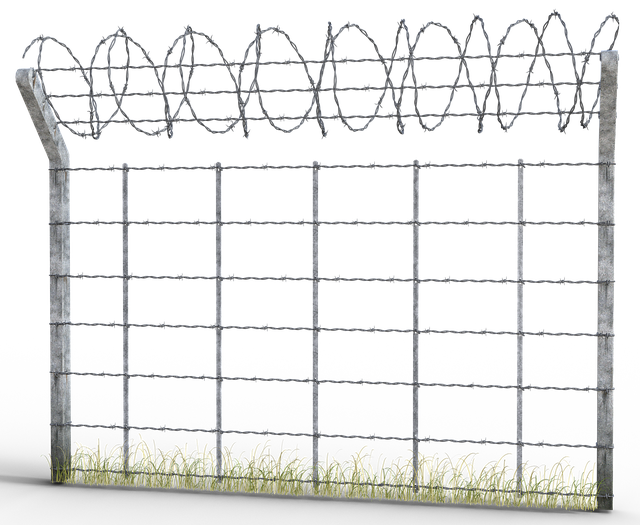In New Bedford, Massachusetts, a residential fence can be both an investment in your property’s security and an aesthetic enhancement. This guide explores the essential aspects of choosing and working with a top-notch installation company, from understanding your specific fencing needs to ensuring optimal post-installation care. We’ll walk you through the entire process, offering insights into what to expect, common materials, and best practices for maintaining your new fence long after completion.
- Understanding Residential Fence Needs in New Bedford
- Choosing the Right Installation Company
- The Installation Process: From Start to Finish
- Post-Installation Care and Maintenance Tips
Understanding Residential Fence Needs in New Bedford
In New Bedford, residential fence installation is more than just a construction project; it’s about enhancing property security, privacy, and aesthetics. Homeowners here face unique challenges, from coastal weather conditions that require durable materials to neighborly considerations for both visibility and safety. The ideal fence not only complements the home’s style but also stands up to strong winds and salt air.
Understanding these specific needs is key. Professional fence installation companies in New Bedford are well-versed in the local climate and regulatory landscape, offering solutions that blend functionality with beauty. Whether it’s a traditional wooden fence for classic charm or a modern metal fence for robust security, homeowners can find options tailored to their preferences and property requirements.
Choosing the Right Installation Company
When considering residential fence installation in New Bedford, MA, selecting the right company is paramount to ensure a successful project. Look for businesses with proven experience and expertise in the local area, as they’ll be familiar with the unique challenges and regulations that come with New Bedford’s landscape. Reputable companies should offer a wide range of fence styles and materials to cater to different preferences and budgets.
Check their online reviews and ask for references from previous clients to gauge their work quality and customer satisfaction. Additionally, verify if the company is licensed and insured, ensuring financial protection and peace of mind during the installation process. A good installer will also provide detailed estimates, clearly outlining costs, timelines, and any potential additional fees, allowing you to make an informed decision.
The Installation Process: From Start to Finish
When it comes to residential fence installation, New Bedford, MA companies follow a meticulous process that begins with an initial consultation. During this meeting, homeowners discuss their vision, specific needs, and budget. The company then provides customized options tailored to the client’s requirements, offering various materials, styles, and designs. Once agreed upon, the installation team prepares the site, ensuring proper measurements and layout before beginning construction.
The actual installation involves skilled workers who use high-quality materials to ensure durability and safety. This meticulous process includes digging post holes, setting posts, attaching rails, and installing fencing panels or gates. Throughout, the company maintains open communication with the homeowner, providing updates and addressing any concerns or adjustments needed until the final product is a secure and aesthetically pleasing fence.
Post-Installation Care and Maintenance Tips
After your residential fence installation is complete, proper care and maintenance will ensure its longevity and keep it looking its best. Start by cleaning the fence regularly to remove any dirt, debris, or plant growth that may accumulate on its surface. Use a soft brush or garden hose to gently wash the fence, avoiding high-pressure washers which can damage the fencing material.
Regular inspection is another vital step. Check for any signs of wear and tear, such as loose pickets, rusted posts, or damaged hardware. Address these issues promptly by tightening loose components, replacing worn parts, and applying appropriate treatments to prevent further deterioration. Keep an eye out for any tree roots growing against the fence, as they can weaken its structure over time. Trim back overhanging branches regularly to maintain optimal fence condition.
